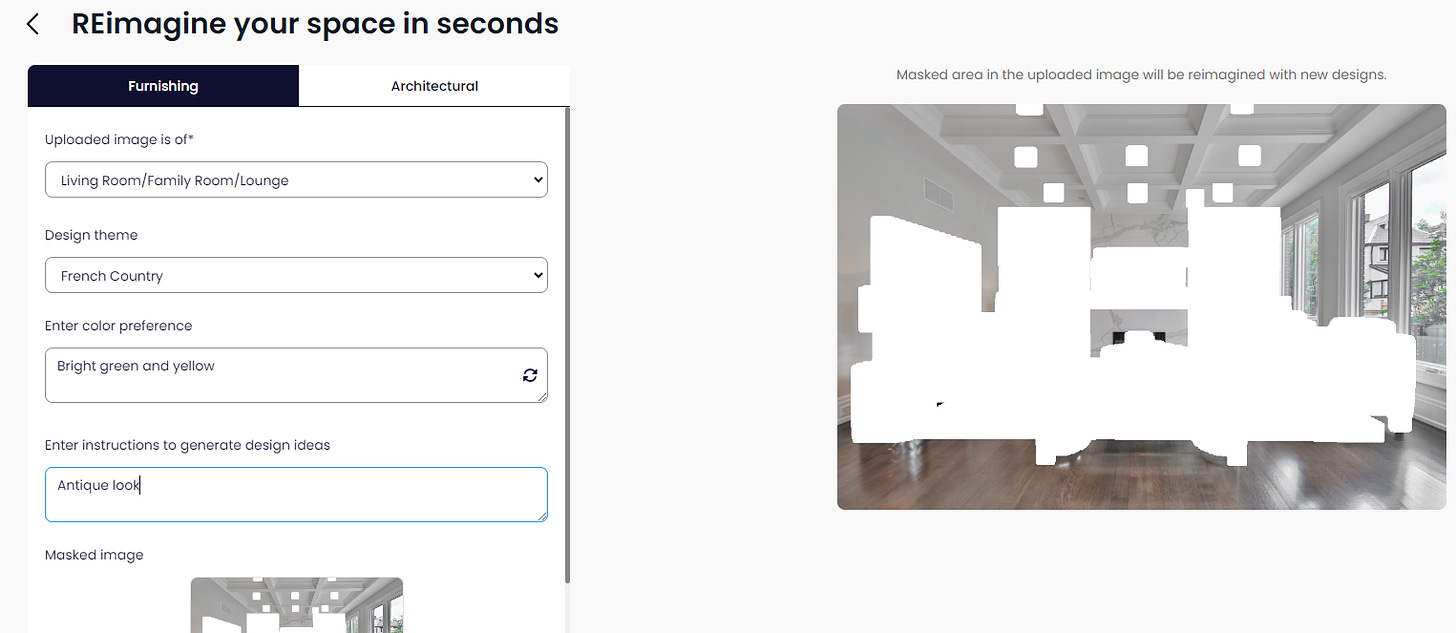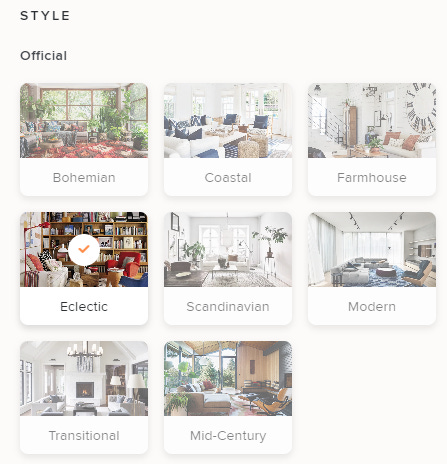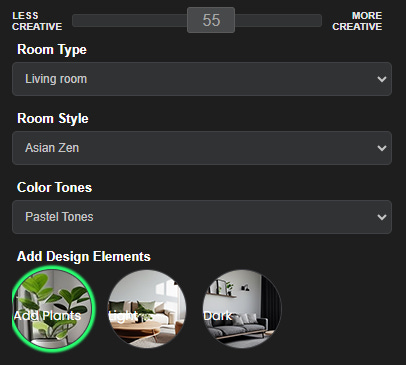10X AI (Issue #15): Google’s New SGE Features, AI Interior Design, and a Kiwi Bird-Fruit
PLUS: Amazon's AI summaries of customer reviews, cheaper Replicate CPUs, Adobe Express with AI, and adding multiple custom instructions in ChatGPT.
Happy Sunday, friends!
Welcome back to 10X AI: a weekly look at beginner-focused AI news, tools, and tips.
Let’s get to it.
🗞️ AI news
Here are this week’s AI developments.
1. Google adds new AI learning features to SGE
Google continues to expand its Search Generative Experience (SGE) with new tools.
This week, the company announced three new additions:
Automatic word definitions in AI-generated responses:
Color-coded highlights within code segments to help programmers better identify key elements.
Generative AI for browsing that summarizes the page you’re reading and offers follow-up exploration questions that take you to relevant sections of the page.
2. Amazon tests AI summaries of customer reviews
One week after testing AI-powered product descriptions for sellers, Amazon is now trialing AI-generated summaries of customer product reviews.
The idea is to help shoppers more quickly understand customer sentiment, identify frequently mentioned product attributes, and navigate to relevant end-user reviews.
Initially available to a small group of US shoppers, the feature should roll out more broadly in the future.
3. Replicate slashes prices in half
Replicate is a great place for non-coders to run generative AI models and demos in the cloud, including SDXL ControlNet1, DragGAN2, MusicGen3, and many more.
This lets you test and play around with new AI tools without having access to a powerful PC or knowing how to install them locally.
And now Replicate have halved their prices, so using their CPUs to run AI models has gotten that much cheaper.
4. AI-powered Adobe Express is out of beta
After beta testing generative AI features within the “Express” product, Adobe has now officially released it for all users.
It’s packed with generative AI features like Adobe Firefly for text-to-image generation, background removal, text effects, and much more.
They even have a fancy launch video and everything:
You get a lot of mileage out of the free version of Adobe Express, so have at it!
5. Google Photos lets AI curate and organize Memories
You’re probably used to having an assistant within your Google Photos that offers up “On this day” photos or creates animations.
Now, Google’s ramped this up, letting AI organize, curate, and title your old photos and videos. These “Memories” get organized in what Google refers to as a “scrapbook-like timeline,” letting you relive important moments with the help of AI.
As is typical, the current launch is US-only for now, with more countries to follow in the coming months.
🛠️ AI tools
Today I wanted to look at a few AI apps for interior design inspiration. I think they’re great examples of a practical use case for generative AI.
6. REimagineHome
REimagineHome lets you…wait for it…reimagine your home!
The idea is simple: You upload a picture of a room (or the exterior of your house) and ask AI for images of how it could look instead.
I took this Unsplash image:

And threw it into the app. It went on to automatically mask the furniture elements and ask me for design directions (theme, preferred colors, etc.):
ReimagineHome then generated a few alternatives:
The site also has a “Surprise me” button that lets you skip giving any instructions and just spits out a few random designs for inspiration.
ReimagineHome is free to play around with, but you’ll need to buy credits if you want to download high-resolution, watermark-free designs.
7. CollovGPT
CollovGPT works in a very similar manner.
The main difference is that you first select the style you want…
…and then you get to upload your image.
Selecting the “Eclectic” style for our Unsplash living room yielded these suggestions:
CollovGPT appears to take much more liberty in placing additional objects and design elements into the original image. (Then again, I did pick “eclectic.”)
You get a few free credits to test out the features before subscribing to a monthly plan.
8. Interior Ideas AI
Another similar product, Interior Ideas AI, has a dashboard that gives you a bit more control over what to change and how creative you want AI to be:
Each generation returns a single image, but you can run it multiple times to get different ideas from the same starting picture:
Interior Ideas AI also gives you 5 credits for free, and then you’ll have to upgrade to a paid membership.
💡 AI tips
Here’s this week’s tip.
9. Set up multiple custom instructions in ChatGPT
Custom instructions (which still didn’t come to Europe) are useful for giving ChatGPT a bit of background for each chat.
But most of us wear many hats throughout the day and might want to use ChatGPT in these different roles. It’s too bad there’s only one input field for custom instructions, eh?
Or not!
Why Try AI reader
() found an effective workaround for this apparent limitation.It involves describing your multiple roles and telling ChatGPT to explicitly ask which one to take into account when responding.
So your custom instructions could look something like this:
What would you like ChatGPT to know about you to provide better responses?
I work with [professional background and needs].
In my free time, I [personal background and needs].
How would you like ChatGPT to respond?
For each response, please ask me whether it’s for my professional or personal needs.
For personal responses, I want you to [specify tone of voice and other details]. For professional responses, I want you to [specify tone of voice and other details].
In principle, you could add any number of different roles instead of just two.
Thanks,
for sharing this tip!🤦♂️ 10. AI fail of the week
The prompt was simply “kiwi,” and I can’t decide whether it’s a fail or an epic win
Sunday poll time
Feel free to leave other suggestions in the comments.
Previous issue of 10X AI:
10X AI (Issue #14): Amazon's AI, StableCode, Tools for Creatives, and Business Aliens
Happy Sunday, friends! Welcome back to 10X AI: a weekly look at beginner-focused AI news, tools, and tips. Let’s get to it. 🗞️ AI news Here are this week’s AI developments. Despite two separate AI-related conferences—SIGGRAPH and Ai4—there have been surprisingly few major AI releases for the average user for now.













Props to Amazon, the absolute best at grabbing the low-hanging fruit. I was impressed when I saw those reviews (not from a customer's point of view as much as from the business's point of view). They're going to lead to a lot more satisfied customers, longer term.
Of course, like everything else, this will become an arms race between legit business owners and those trying to game the system. That seems inevitable.
I would like to see an AI app specialized around being a diary. Whenever you had time you would sit down in front of it and it would ask you questions about what had happened to you since your last entry. After you had made several entries you could talk to it about your life, where it was going, etc.